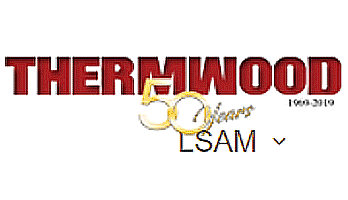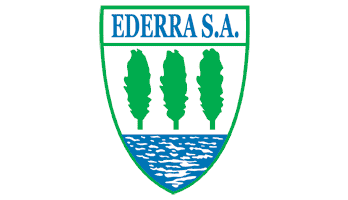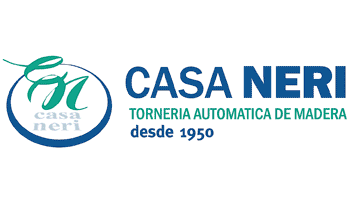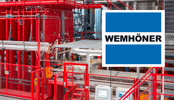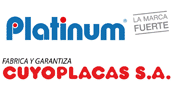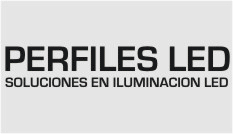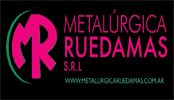
El Paraíso brilla por su excelente estética y durabilidad
En algunas provincias se lo conoce como el falso cedro ya que tiene una estética similar y propiedades físicas y mecánicas parecidas a la madera nativa.
Al ser una madera cultivada, ofrece una opción sustentable para cualquier proyecto de obra ya que es renovable y reciclable.
El paraíso es un árbol muy popular en todo el territorio argentino y gran parte de Sudamérica. Si bien muchos piensan que es una madera natural del continente, este árbol llamado científicamente con el nombre de Melia azedarach, proviene del Sudeste Asiático, en la región del Himalaya.
Aunque fue cultivado en principio por sus características ornamentales y por su sombra, con el tiempo se fue descubriendo que su madera presenta rasgos muy parecidos al cedro misionero, con una veta delicada y muy pareja. Según un estudio científico (Leonardis 1977), es una madera blanda, fácil de trabajar que es apropiada para el uso industrial como la construcción de aberturas y muebles de alta calidad, entre otros usos.






IT MAY INTEREST YOU
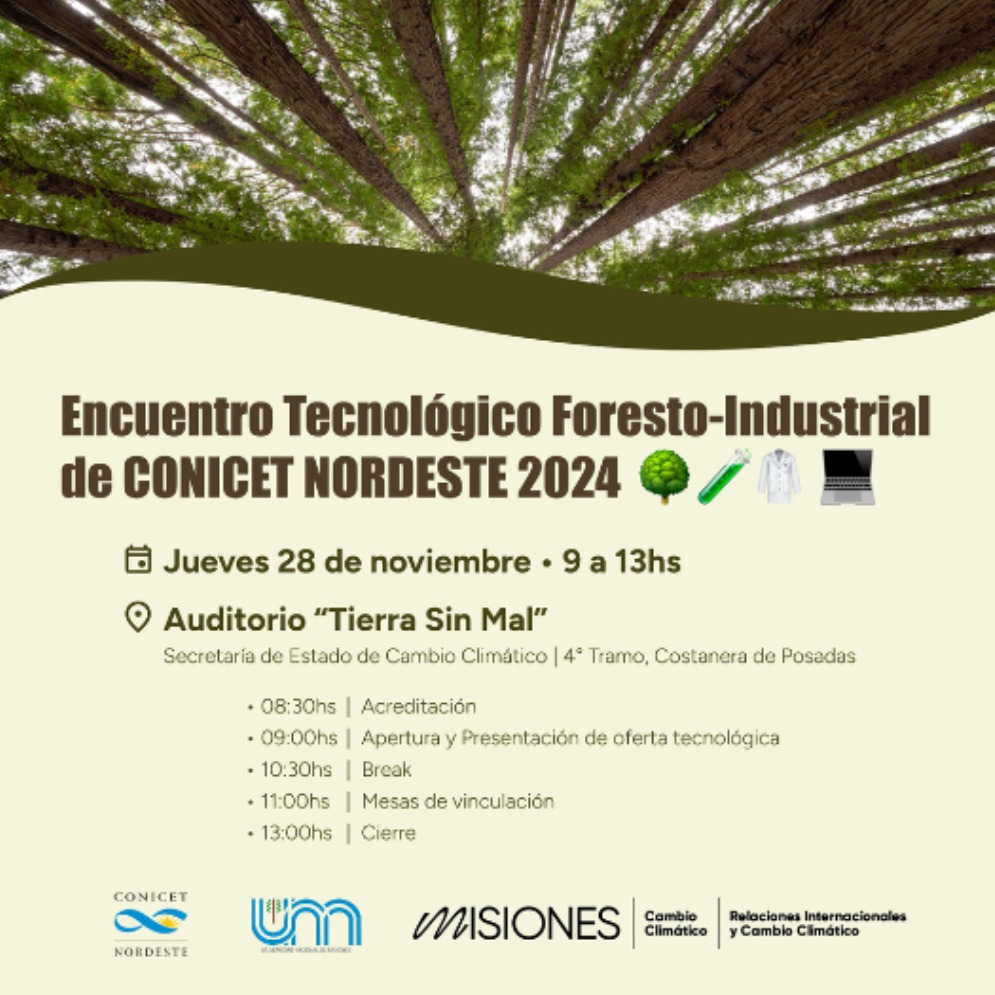 Misiones | CONICET Northeast summons companies to participate in the Forest-Industrial Technological Meeting 2024
Misiones | CONICET Northeast summons companies to participate in the Forest-Industrial Technological Meeting 2024
On November 28, the city of Posadas will be the scenario of the Forest-Industrial Technological Meeting 2024 for companies in the region, an event organized by CONICET Northeast that aims to strengthen the relationship between science and companies in the sector of production and wood industry. The day will take place from 9 a.m. to 1 p.m. at the Earth Auditorium without evil, in the Secretariat of Climate Change State.
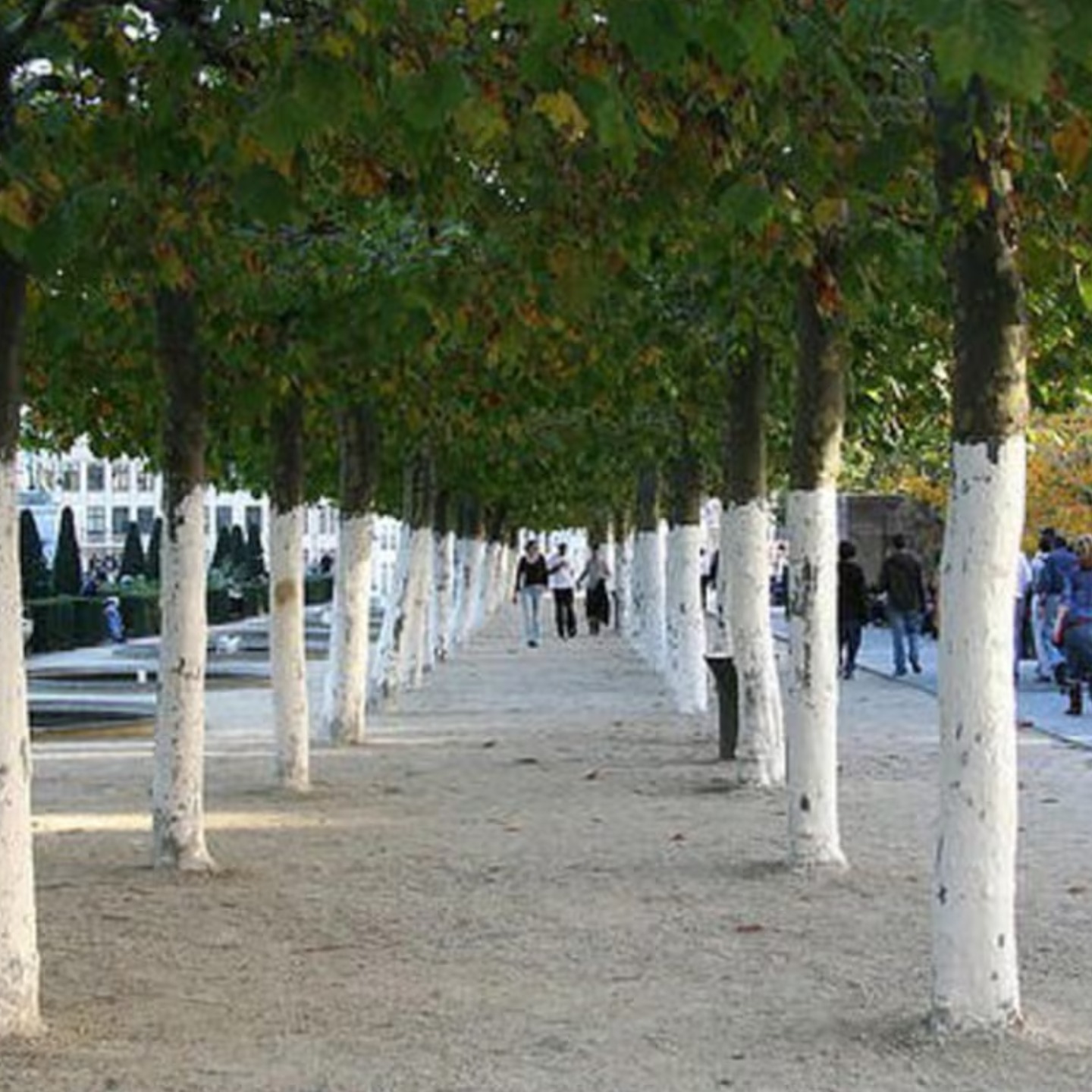 Why are the trunks of some trees white
Why are the trunks of some trees white
White or wrapped painted of tree trunks is a common practice that goes beyond aesthetics. In various places, streets and even rural areas, this technique that has specific purposes for their protection, especially those youngest or vulnerable can be observed.
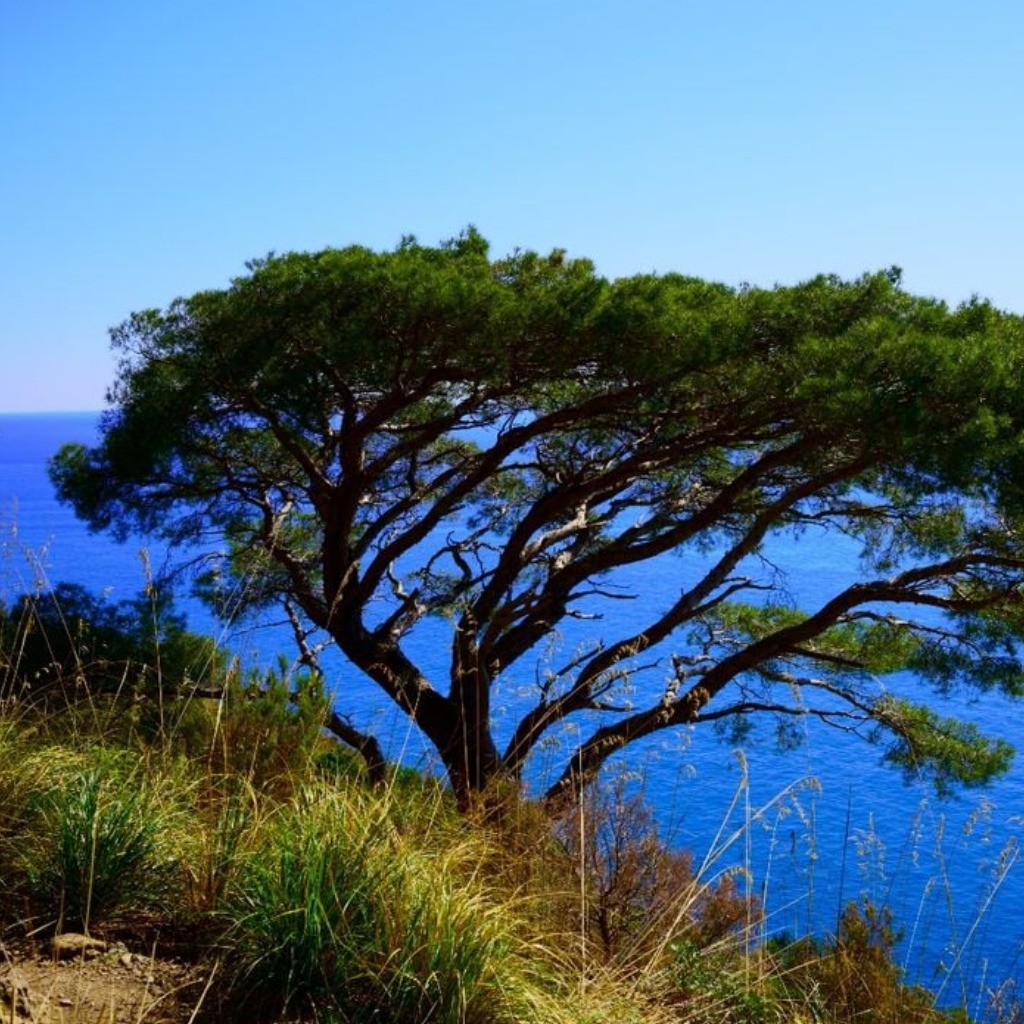 More than 20 % of land plant species are found only on islands, and the time is over to save them
More than 20 % of land plant species are found only on islands, and the time is over to save them
A new study maps the species that exist in the world and warn about the risk that inhabit those that inhabit exclusively in island territories.





